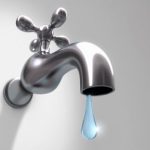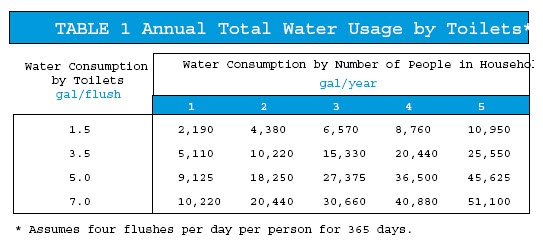 Tip #1: Perform a “Drip Inspection”. Some landlords and owners forget one of the easiest and most cost-effective ways to save water: Check for dripping faucets and running toilets in each unit. The simple task of inspecting shower heads, faucets, and toilet connections for drips or runs can save hundreds (and in some cases thousands) of dollars a year in operating costs. At First Light Property Management, we find that most tenants do not report minor leaks in their faucets or a constantly running toilet. This leaves the responsibility of checking for water leaks to the property manager or owner. When we compare the operating expense reports of an apartment building that conducts “drip inspections”, to one that does not, we frequently see a 20 to 50 percent saving on water utility costs.
Tip #1: Perform a “Drip Inspection”. Some landlords and owners forget one of the easiest and most cost-effective ways to save water: Check for dripping faucets and running toilets in each unit. The simple task of inspecting shower heads, faucets, and toilet connections for drips or runs can save hundreds (and in some cases thousands) of dollars a year in operating costs. At First Light Property Management, we find that most tenants do not report minor leaks in their faucets or a constantly running toilet. This leaves the responsibility of checking for water leaks to the property manager or owner. When we compare the operating expense reports of an apartment building that conducts “drip inspections”, to one that does not, we frequently see a 20 to 50 percent saving on water utility costs.
Tip #2: Replace the flush mechanism. Another water saving method- replace the flush mechanism inside toilets which were manufactured before 1994. Most toilets that were built before the federal national manufacturing standard of 1994 (which mandated that newly manufactured toilets only use 1.6 gallons per flush) can use up to 3 – 7 gallons per flush.
Unless your apartment buildings were built with toilets after 1994, chances are that your toilets are sucking down 2 to 3 times the amount water needed – literally flushing money down the drain. The solution? Install a dual-flush device into each of the water-guzzling commodes in your buildings. These devices are rather easy to install yourself and usually do not require special tools. But before running out and buying 100 units of these magical water-saving items – make sure to find out the specific type of toilet you have. Is it a 1.6 gallon? 3.5 gallon? Is it triangle or rectangular shaped? Be sure to check the specifications on the dual-flush system before purchasing. Furthermore, I advise performing a trial-run on one of your apartment units before implementing a building-wide installation.
What is your property management company or apartment community doing to help reduce water costs and increase water conservation? We would love to hear more water saving tips and advice! -Trevor

